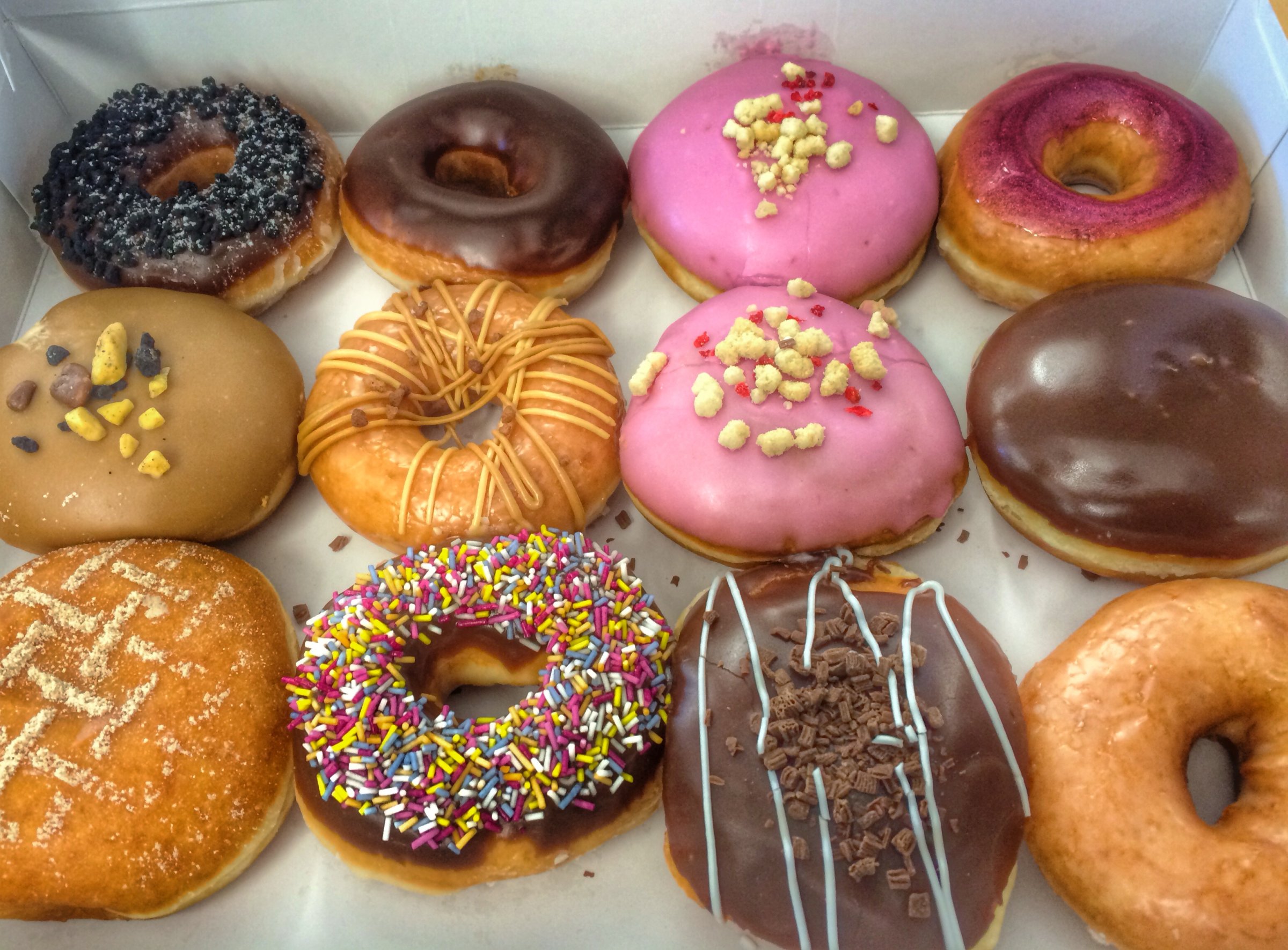
If you’re like most people, your brain rarely gets straight A’s when it comes to resisting temptation. We know the dangers of eating too much, of drinking too much, of drugs or gambling or having an extramarital romp. But faced with the food or the drink or the buzz or the fling—faced with the fun, in other words—we too often give in.
The problem, it turns out, is not with your brain as a whole, but with a battle for dominance between two parts of it: the nucleus accumbens (where the good times roll) and the inferior frontal gyrus (where the bouncer lives). According to a new paper published in Psychological Science, the way those two regions settle their differences will determine—at least partly—how well any one person avoids overindulging.
The study, conducted by psychological scientists Rich Lopez and Todd Heatherton of Dartmouth College, involved 31 female volunteers who agreed to undergo functional magnetic resonance imaging (fMRI) while performing a pair of experiments. The gender of the sample group had nothing to do with a greater or lesser ability of women to resist temptation; rather, choosing single-sex subjects—whether male or female—simply helps eliminate one more confounding variable from any behavioral equation.
In the first experiment, the subjects were shown pictures of various, high-calorie, high-fat and completely delicious foods—desserts, fries, candy—and asked simply to say aloud whether the pictures were taken indoors or outdoors. There was actually no experimental reason for them to answer that question, but it gave them something to do and diverted their attention while the investigators mapped the reaction of their nucleus accumbens—where gratification and reward are processed—to the images.
In the second experiment, the subjects were shown various pictures and were asked to push buttons to indicate whether they were of food or nonfood items and whether they were taken indoors or outdoors. The pictures flashed at intervals of just 2.5 seconds. At a speed like that, it’s easy to make a mistake, especially if a lot of the same kind of images fly by in a row—food, food, food, food, food, food—and then all at once, bam!, non-food. It takes sharp control in the inferior frontal gyrus to hit the brakes and make the right choice.
Over the course of the following week, all of the subjects were contacted several times a day via smartphone and asked to report what they’d been eating, what they’d been craving, and how often those cravings led them to give in. Overall, the people who had had the greatest reaction in the nucleus accumbens indulged significantly more than the people whose inferior frontal gyrus did a better job of maintaining control.
In some ways, results like that can reveal less than we might think. Since all behavior is mediated by different parts of the brain, it stands to reason that there’s some neural activity behind anything we do. Seeing that activity play out is a little like watching circuits open and close as different lightbulbs wink on and off. You kind of knew that was happening anyway.
But the research is also of a piece with other studies that show how fierce the battle for dominance between different brain regions can be, and how learned behavior or even simple fatigue can determine the outcome. In recent years, both behavioral scientists and neuroscientists have begun seeing self-control as a sort of finite resource, something that can be exhausted when you exercise it too long in the same way you can do only so many pushups before collapsing. Lopez and Heatherton want to see if they can watch this play out in the nucleus accumbens and elsewhere.
The studies may even have implications for our understanding of racism—at least indirectly. Experiments in the past half dozen years have revealed that both black and white subjects have higher activity in the amygdala—the region of the brain that processes fear, rage and other primal feelings—when they are shown pictures of someone of the opposite race than when they’re shown someone of the same race. But the longer the picture is shown, the greater the activity in the frontal lobes becomes, suppressing activity in the amygdala—a down-boy reaction that kicks in within seconds.
We will always be more than just cold neurochemistry. Resisting the snack or the drink or the racial reactivity is still, in many ways, all about will. But that doesn’t mean the brain—the seat of so much genius and goodness—doesn’t sometimes make it a challenge.
More Must-Reads from TIME
- Cybersecurity Experts Are Sounding the Alarm on DOGE
- Meet the 2025 Women of the Year
- The Harsh Truth About Disability Inclusion
- Why Do More Young Adults Have Cancer?
- Colman Domingo Leads With Radical Love
- How to Get Better at Doing Things Alone
- Michelle Zauner Stares Down the Darkness
Write to Jeffrey Kluger at jeffrey.kluger@time.com